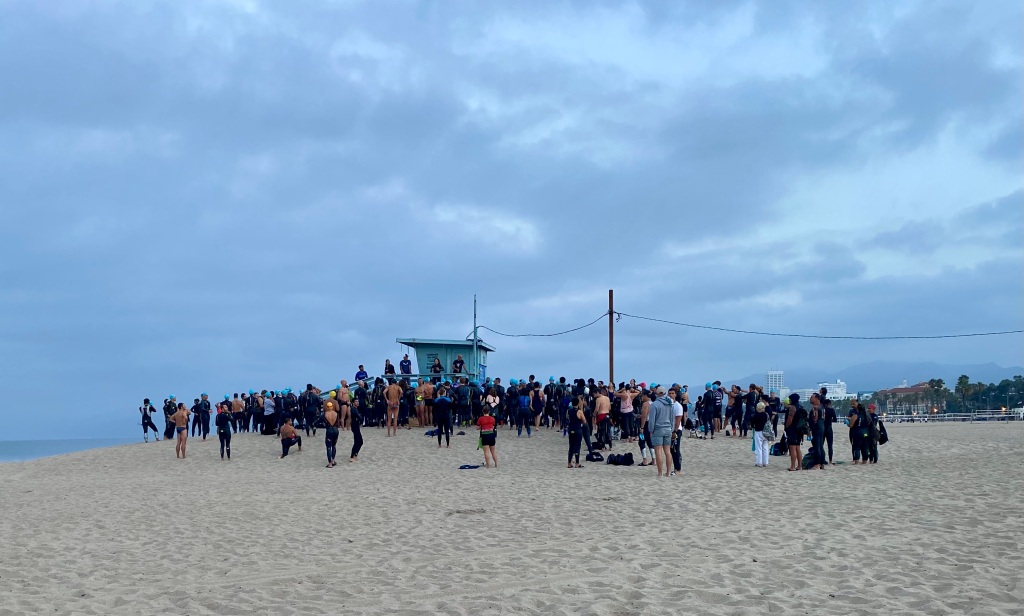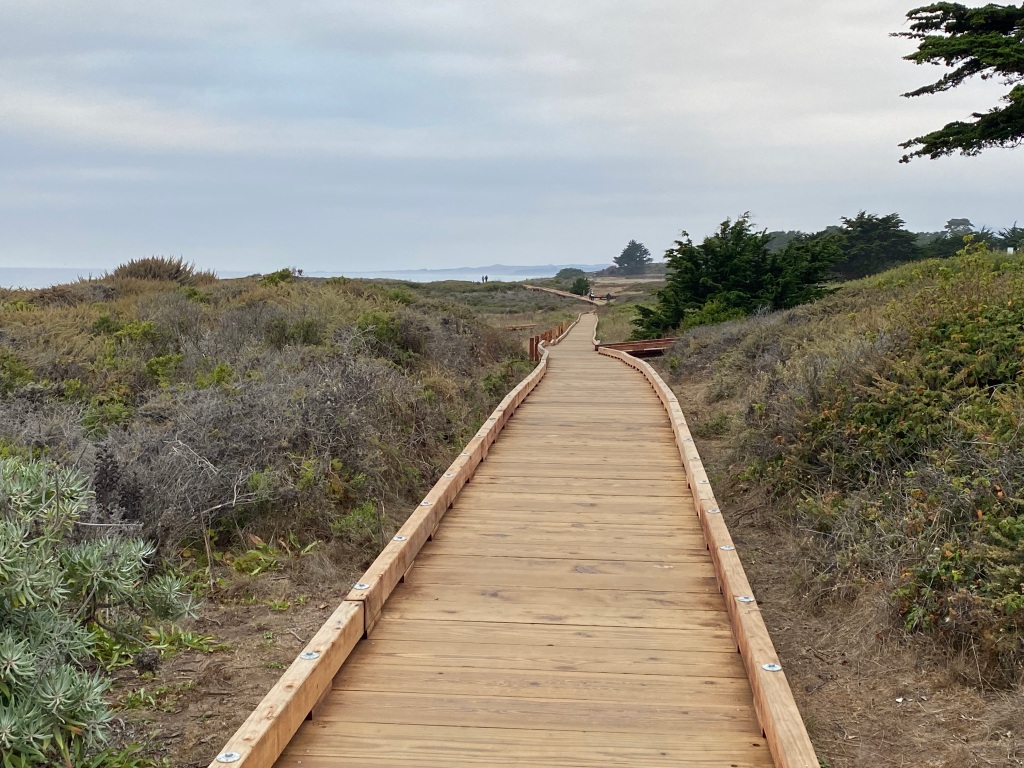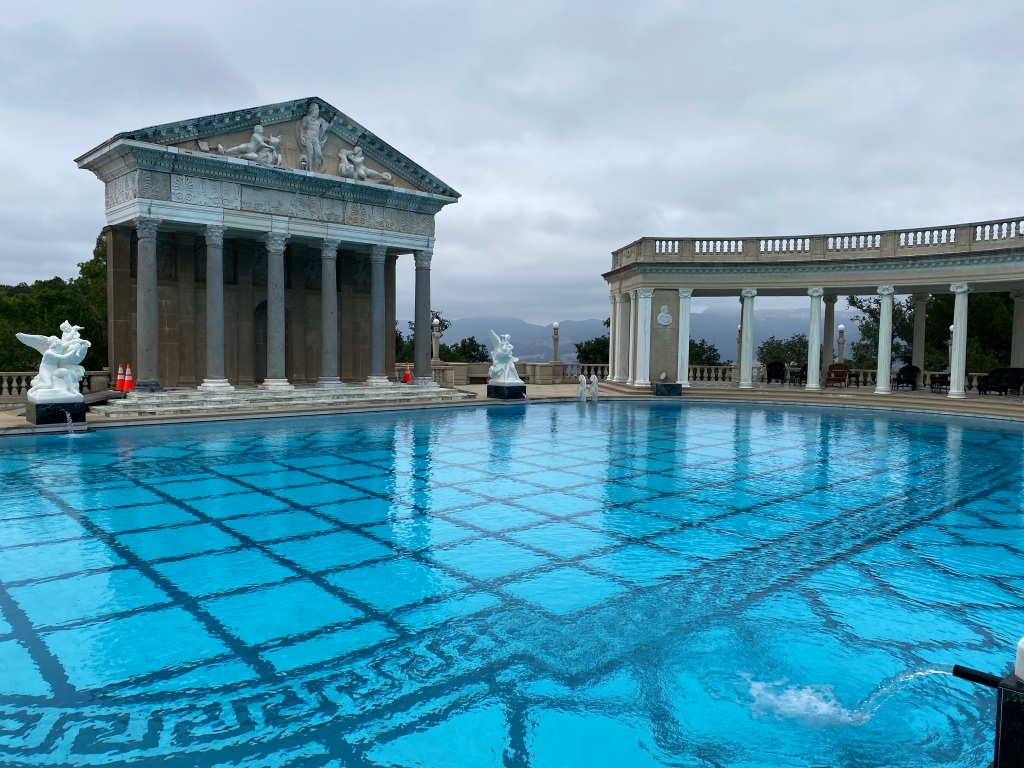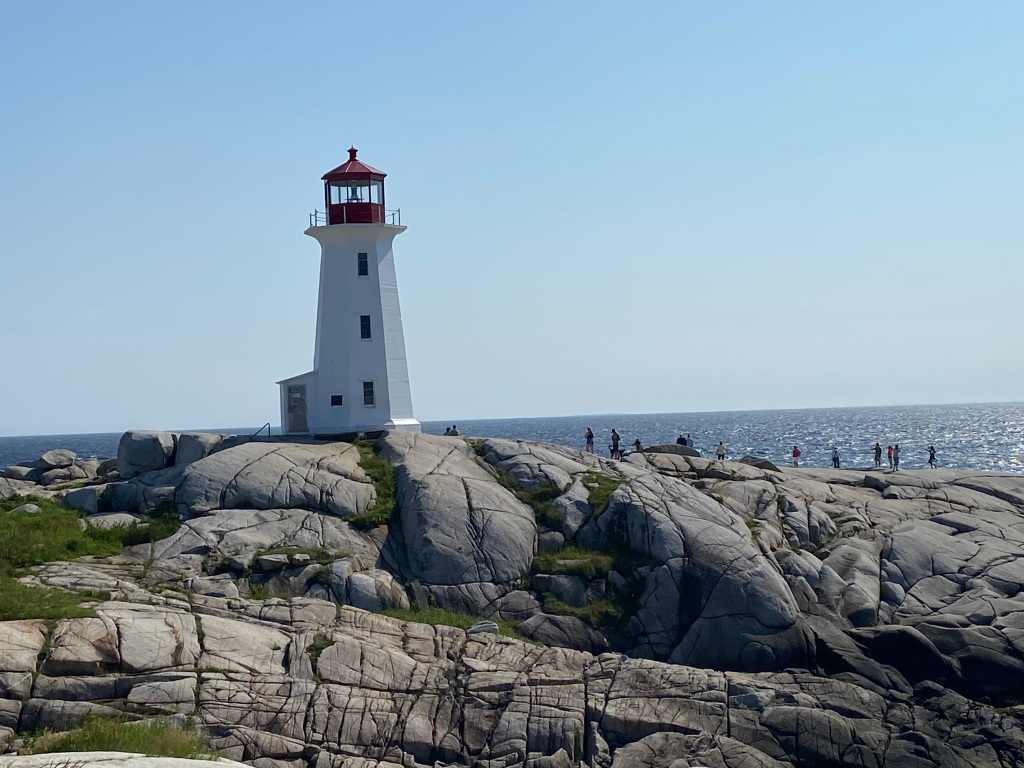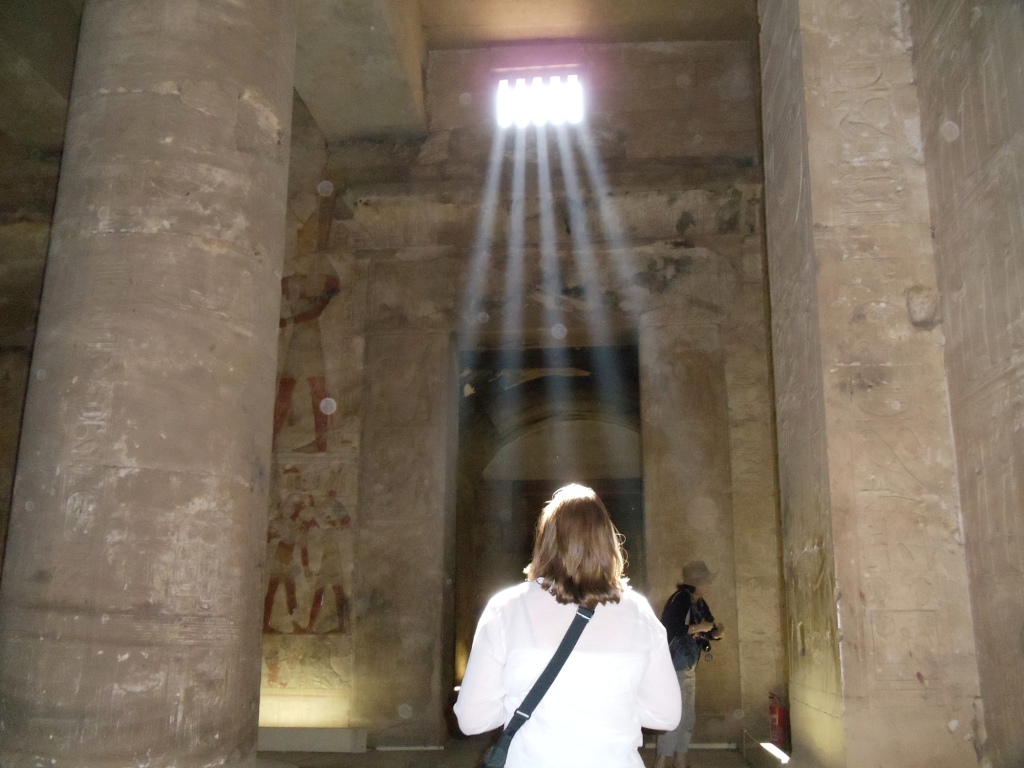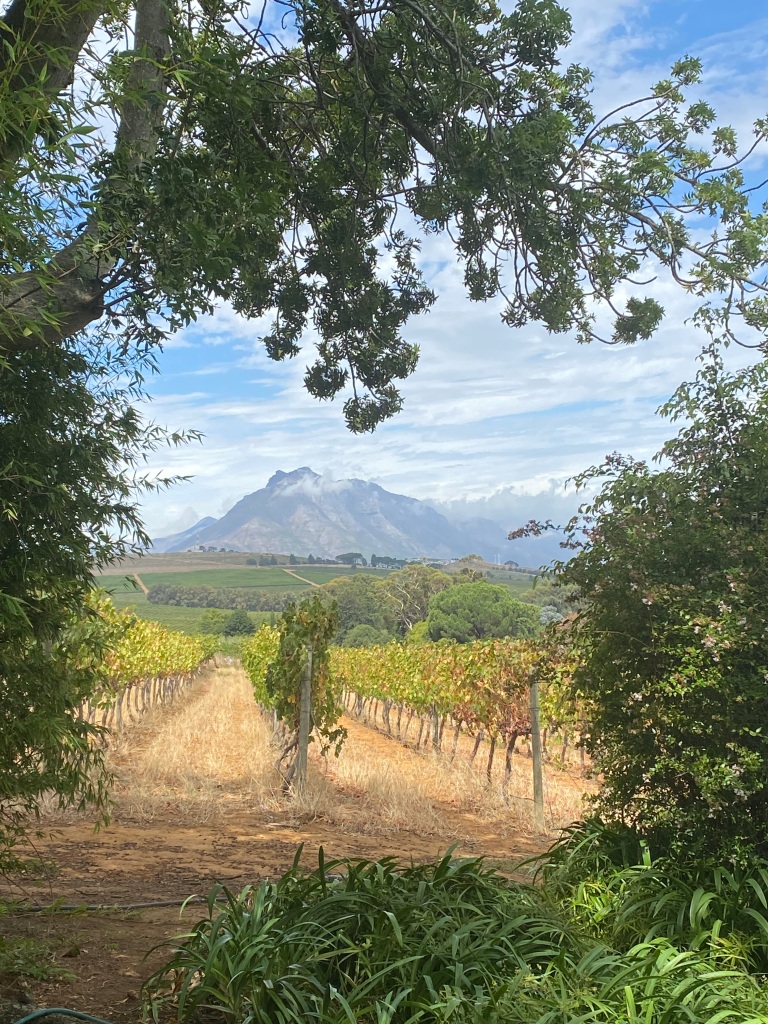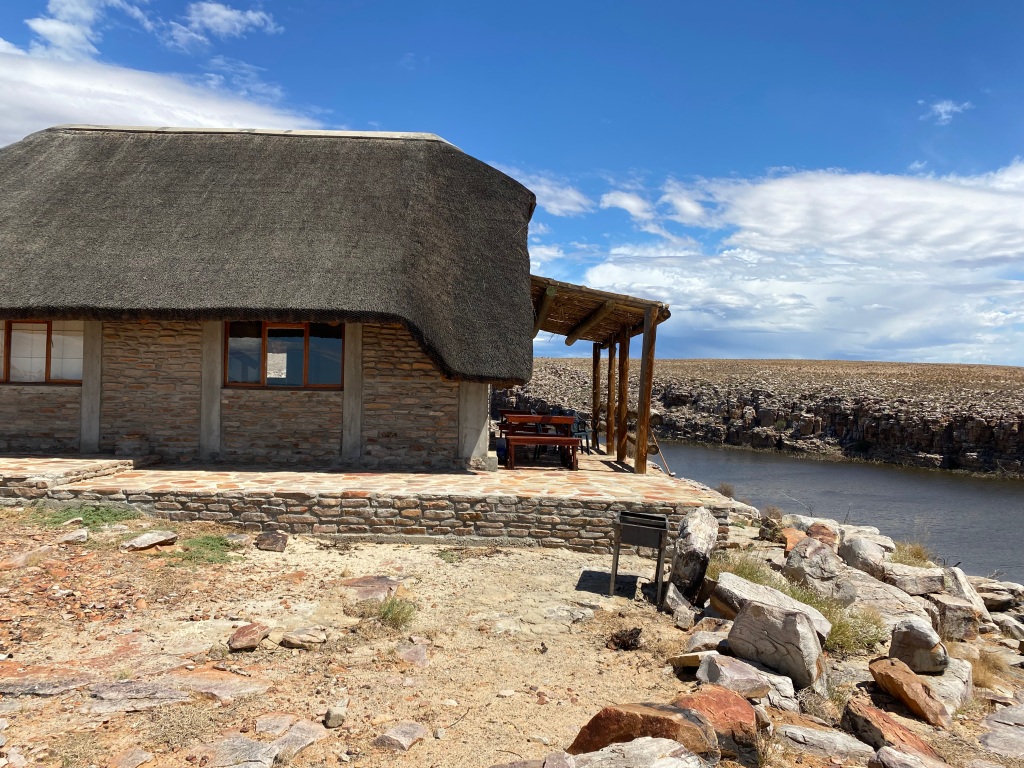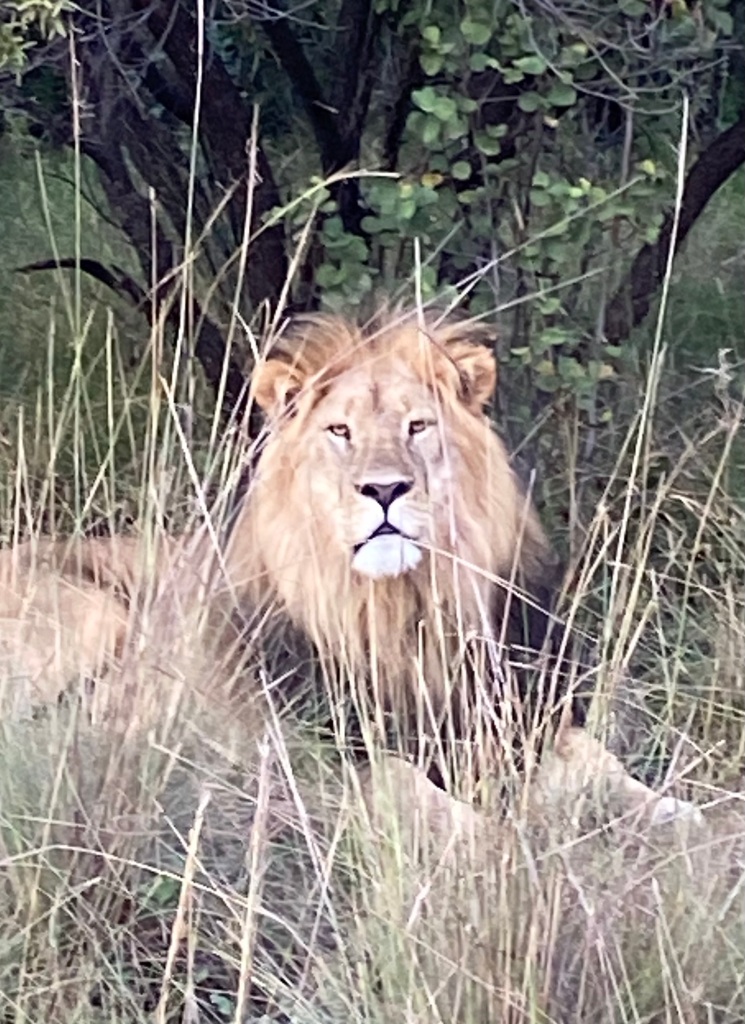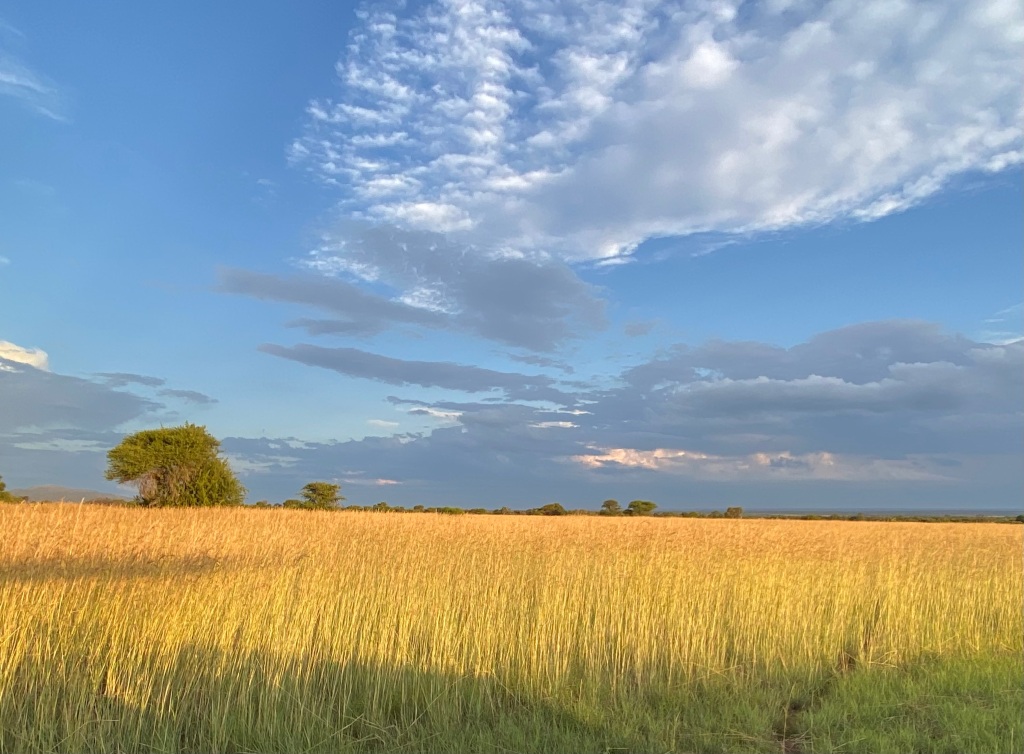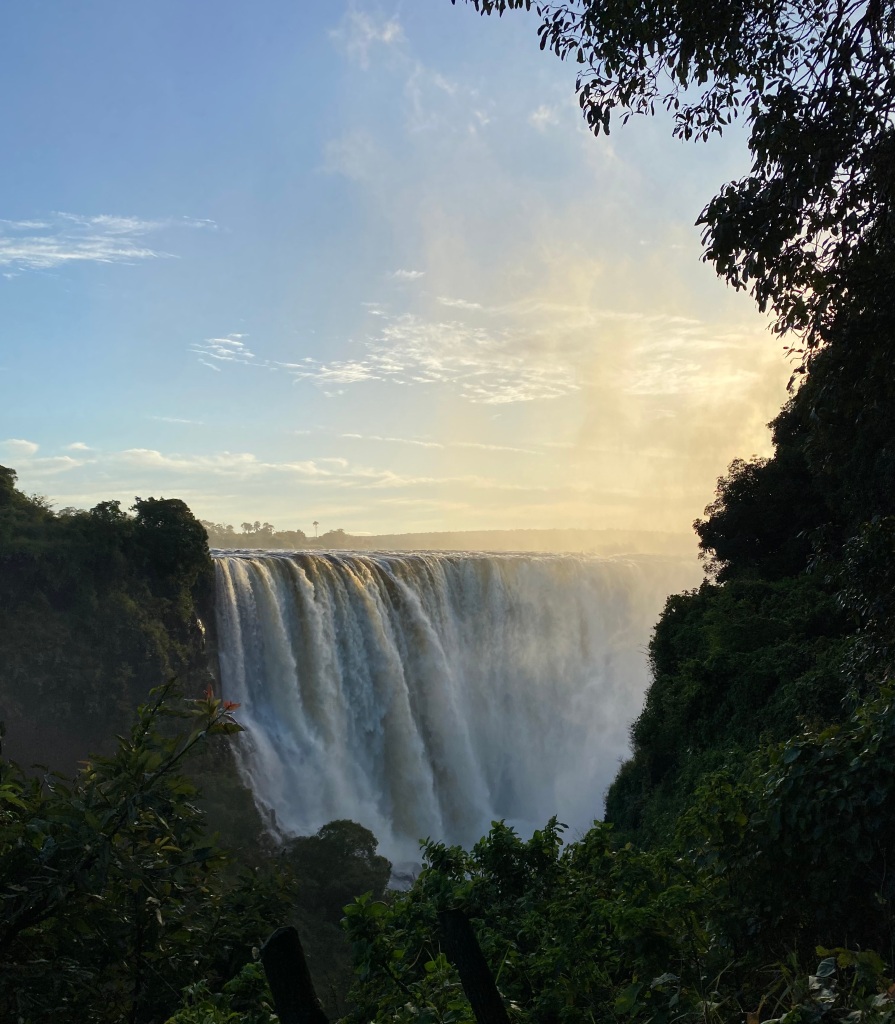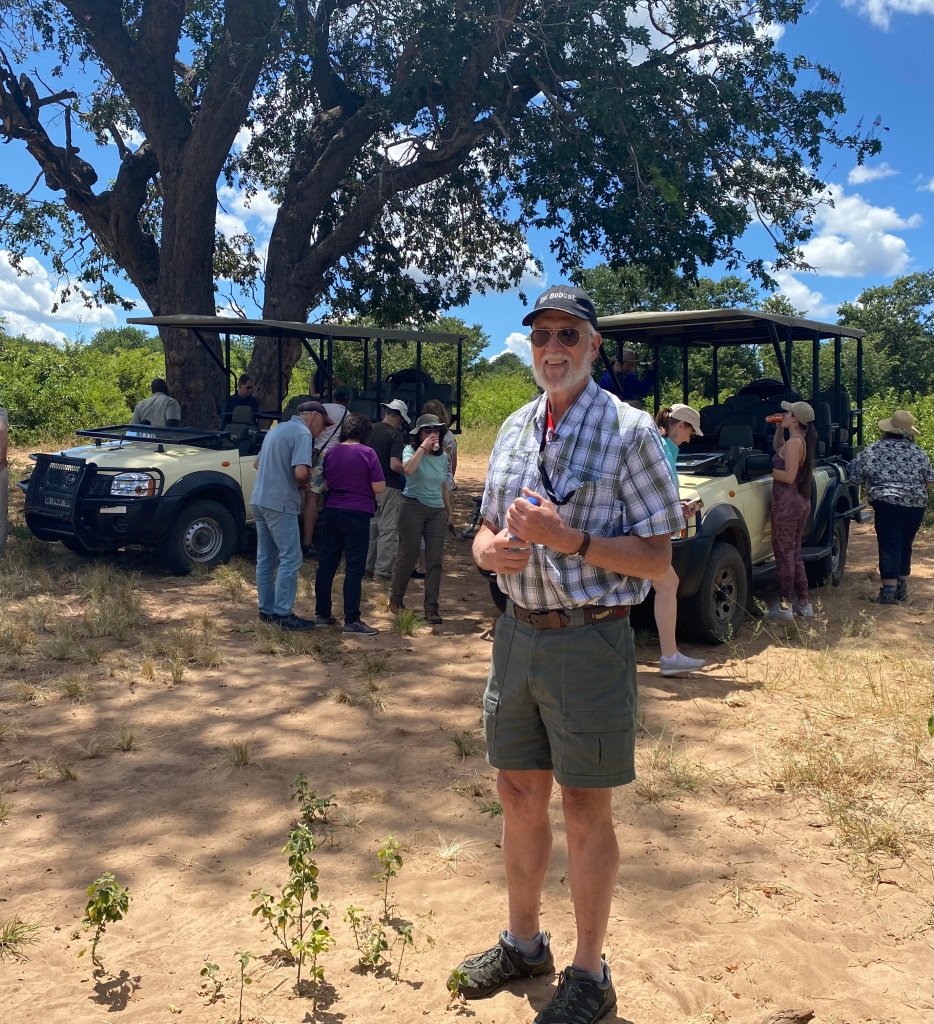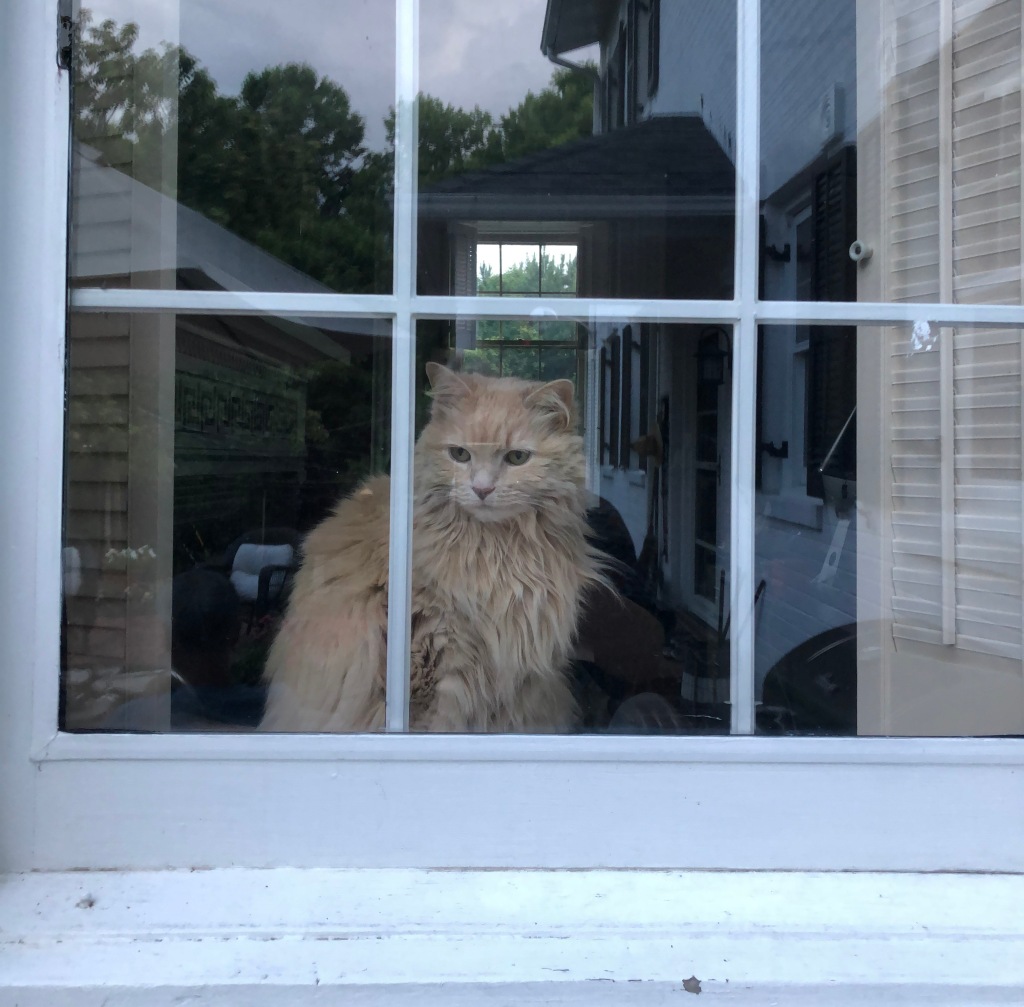
Well, I’m snowed in. Tennessee had an epic snowstorm followed by extremely cold weather. Our 8 inches of snow will linger for a few days so I have nothing better to do than read books, write about books, sort books and dust books. A perfectly delightful way to spend a cold winter day in my opinion. 2023 was a good reading year at over 50 books reading and listening, sometimes both at the same time. Cold winter days, hot summer days by the pool and long surgery recovery in my recliner days gave me lots of time to read and now I’m happily sorting these wonderful books into categories.
Category One is re-reads. I’m not normally a re-reader but I did re-enjoy several books this year. I re-read a lot in my childhood and a soothing book is so fun to revisit. It brings back memories of the first read—the time and space the book enjoyed the first time that allowed it to be re-loved a second time and make a new memory and emotion. The Mystery of the White Lion by Linda Tucker was now re-read in context in South Africa. What the Psychic Told the Pilgrim by Jane Christmas is a Camino pilgrimage book I re-read with friends who also dream of walking the Camino. A Gift from Brittany by Marjorie Price was a comfort read many years ago and now it was a delight and a reflection on some tough times that have long since passed. The Shelf: Adventures in Extreme Reading by Phyllis Rose now reflects my own quest for extreme reading experiences.
Speaking of extreme reading, just as I promised myself last January, I read James Joyce’s Ulysses. Yes, I summited my own personal reading Everest. Ulysses is not everyone’s quest, nor should it be, but it was mine, all 933 pages of stream-of-consciousness prose. Everyday for a couple of months I would listen/read for 30 minutes and that was about all I could take. I listened to the lectures for some much-needed help and kept going until one fine spring day I finally finished. I’m glad I made it through, and I see why it is so important in the development of modern literature. Time will tell if I get called back to James Joyce but, in the meantime, I am savoring my armchair triumph. I’m keeping my copy as a trophy.
Continuing my literature quest for the year, I read some of the most delightful books of my life. Don’t be intimidated by these classics–they are famous for a reason. After Ulysses I read Virginia Woolf: Mrs. Dalloway, Orlando and A Room of One’s Own. I also read some of Virginia’s biography by Hermione Lee. On our trip to Canada, Hamilton and I listened/read Moby Dick by Herman Melville. I didn’t really have preconceived ideas but didn’t think a whaling novel would be my thing. Ohhh was I wrong. Some of the most beautiful and insightful writing in the English language. If you want a very rewarding reading challenge read/listen to Moby Dick. I only had a vague idea of the ending, so I relished the last page of this epic novel. Middlemarch by George Eliot was what first inspired me to take a deep dive into classic literature and the two months I spent in a recliner gave me the time and space to savor this glorious 688-page/36-hour novel. My final great book of 2023 was Jane Eyre by Charlotte Bronte. I read it over 30 years ago and loved it and I loved it even more in the re-read and will be on my re-read list for many decades. What a beautiful and very readable book. In 2024 I’m going to keep on my literature quest with Ben at The Hardcore Literature Book Club. I’m very excited about this year’s book schedule.

In the spiritual category I read about nine books. My favorites were Advice Not Given by Mark Epstein, The Endless Practice by Mark Nepo and A Year in the Woods by Torbjorn Ekelund —which is more of a nature book but nature and spirituality cannot be separated in my life. I also enjoyed Walking a Literary Labyrinth: A Spirituality of Reading by Nancy Malone.
Now, for the final non-fiction category. Mapping the Darkness by Kenneth Miller is about the history of the science of sleep which is a very late development in our medical knowledge. I was particularly interested in this book because my father took part in these early sleep studies at the University of Chicago in the 1950’s- he would have personally known the researchers in the book. Reading this book was like a little glimpse into his past and I felt comforted by knowing a bit more about this part of his life. I did a deep dive into opera and particularly modern opera with The Impossible Art by Matthew Aucoin—remember I had nothing to do for over two months and my mind needed lots of attention. I also liked Selfie: How the West became Self-obsessed by Will Storr and Strangers in Paradise by James Grubman.
Some of the books of 2023 are going on the library shelves, some are getting sold to pay for new books and a few prized books get their own special place in my heart. I’ve started my new pile TBR (to be read) for 2024. I usually keep 3-4 going at all times for any mood or concentration level. I have a growing pile of literature, spirituality, light novels and non-fiction waiting to take me into new worlds..











